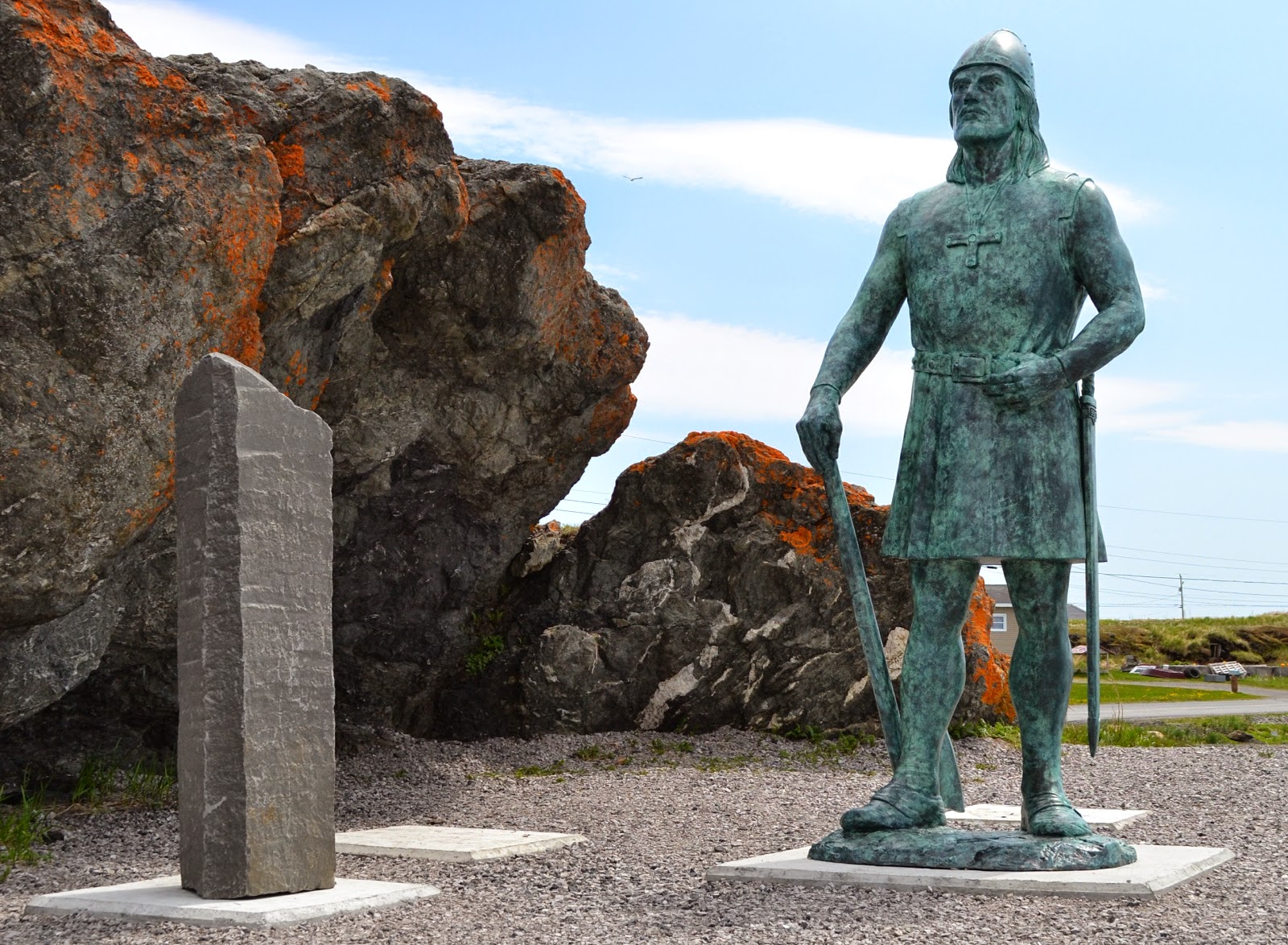 |
| The Anchor Cafe |
 |
| Fisherman Buoys |
 |
| Captain of the ship |
We both ordered the pan-fried cod and were not disappointed. Many times we get fish and it’s overcooked and tastes like rubber. This was moist and done to perfection.
 |
| Pan-Fried Cod |
 |
| Fish Factory |
 |
| Boat in dock waiting for the capelin |
 |
| Interpretation Center |
 |
| The center |
Since the early 19th century, the Torrent River has been synonymous with salmon fishing. However, over the next four decades the river’s wild Atlantic salmon became depleted. Poaching, over harvesting by commercial fisheries, and habitat destruction were the causes. Fortunately, Fisheries and Oceans Canada not only restocked the river but they also built a fishway past the 10m falls.
 |
| Concrete spillway with falls in background |
 |
| Salmon in the fishway... how cool |
 |
| Fish are measured & photographed |
 |
| Fly fishing only |
 |
| Out with the old... |
 |
| ...in with the new |
Another wonderful day spent discovering new place.
Fast Facts: Wild Atlantic Salmon
* wild Atlantic salmon have been declared endangered in 32 rivers in New Brunswick and Nova Scotia and 8 rivers in Maine
* Atlantic salmon is only one of 87 species that migrate between fresh water and the ocean
* wild Atlantic salmon can jump 3.8 m (12 f00t) waterfalls
* the closest relative of an Atlantic salmon is the brown trout
* wild Atlantic salmon can live 15 years
* wild Atlantic salmon lose all their teeth and grow new ones when they return to fresh water from the sea
* wild Atlantic salmon can attain speeds of 30km (20m/h)







































